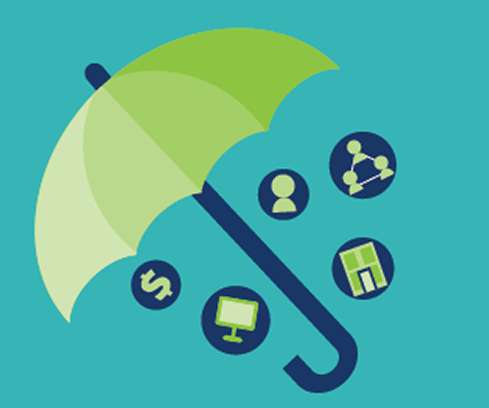More on the Covid-19 Academic Gold Rush
Emergency Planning
APRIL 9, 2020
I cleave to the old-fashioned view that publishing should take place to further the sharing of good ideas. As the university world undergoes a radical metamorphosis and transfers its activity to remote working and distance learning, we are all asked to "do more" to achieve this seismic shift.


















Let's personalize your content